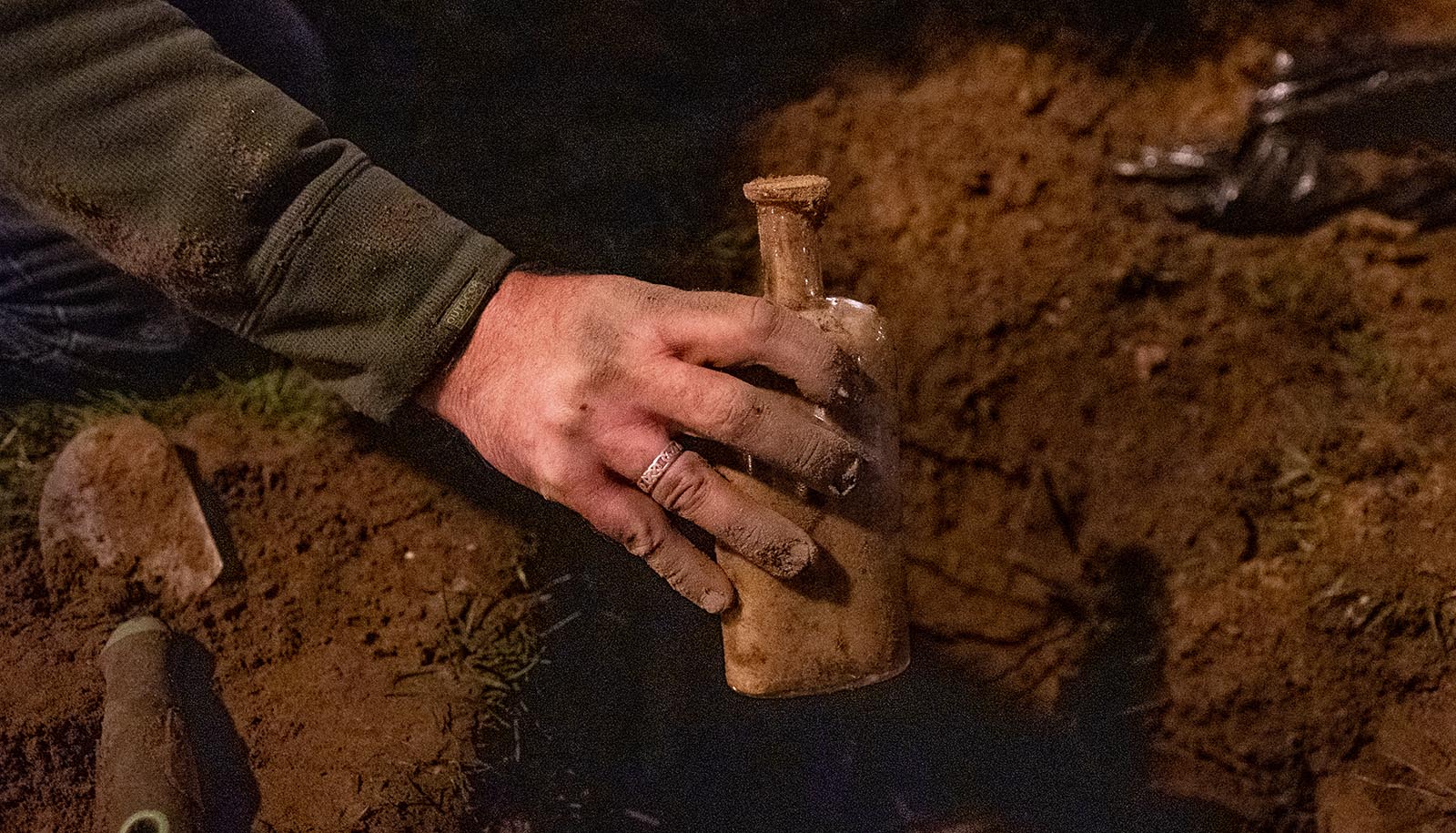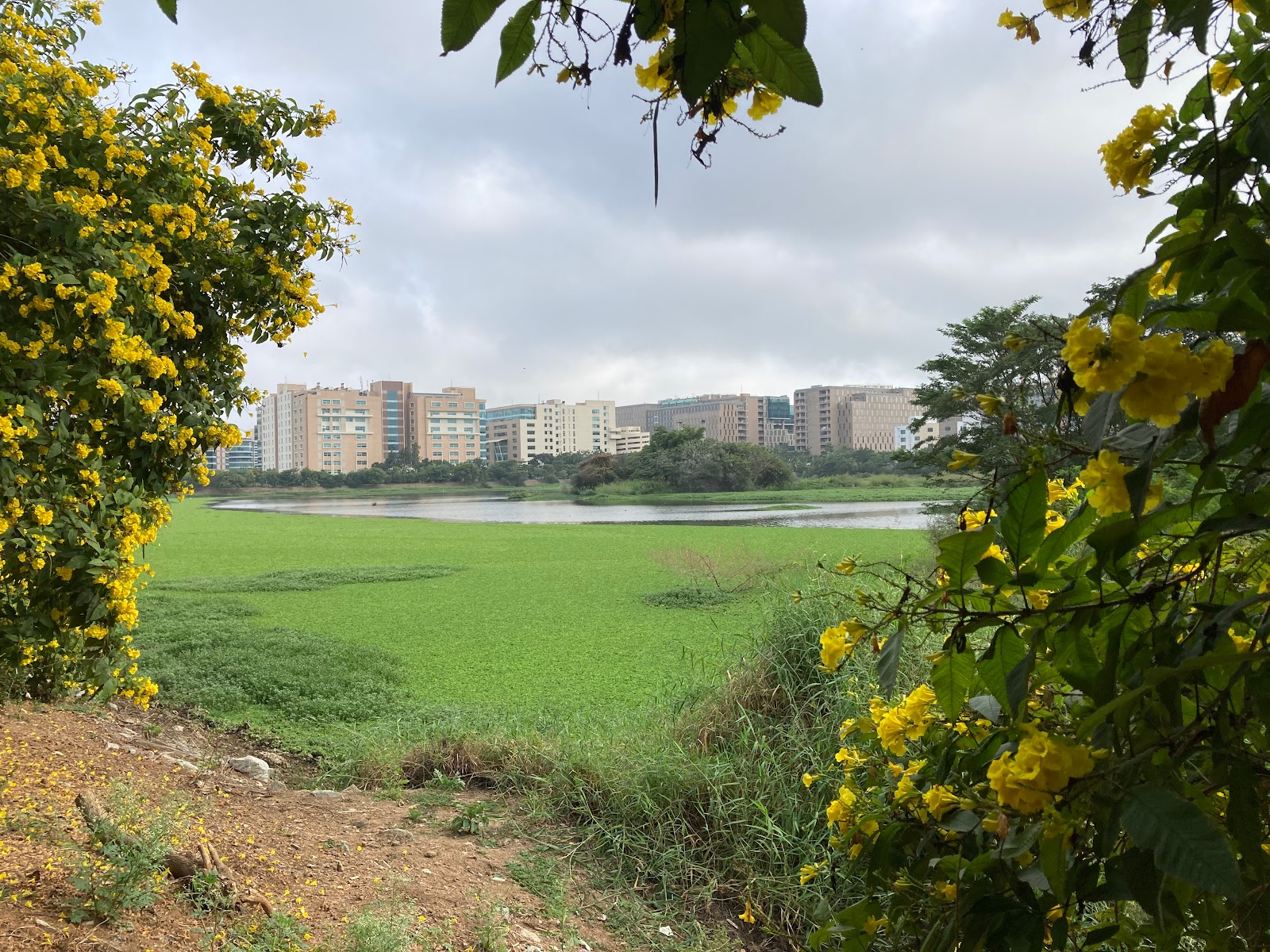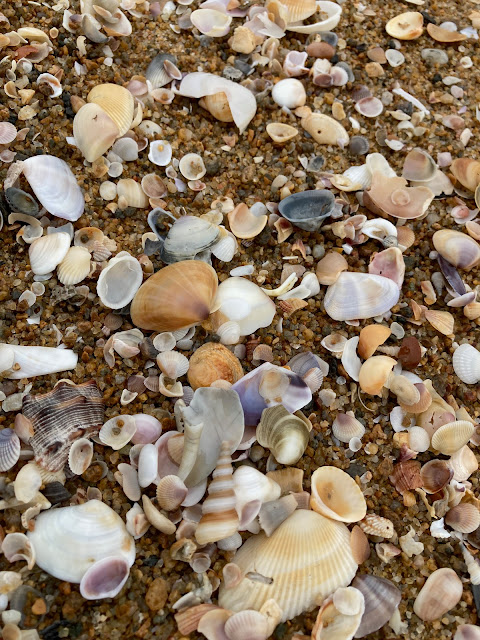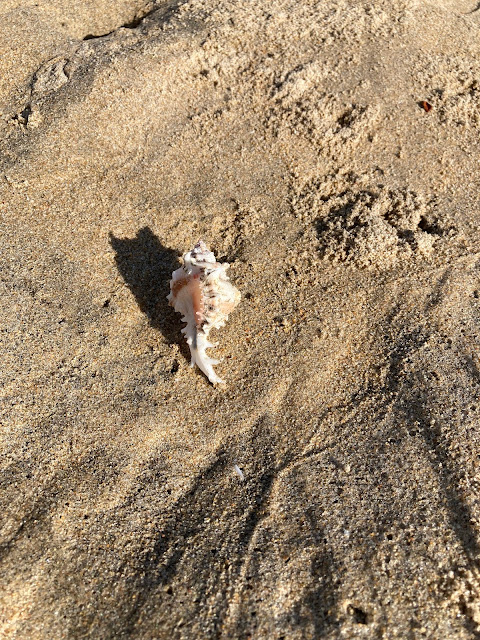Thanks to Sagarika, for sharing this article with me. What a sad, poignant story - a story as much of gender and communal inequities, as of personal tragedy. Madhuca
Jamal Ara was a fascinating personality beset by tragedy: she overcame her lack of education to publish scientific papers on birds in top journals, but disappeared abruptly in 1988
Mystery of India’s first Birdwoman
Jamal Ara (1923-1995). Sketch/Uday Mohite
By Ajaz Ashraf
In these fraught times, it is elevating to read about Jamal Ara, India’s first ‘Birdwoman’, a title none less than the iconic Salim Ali bestowed upon her for scientifically studying birds of the Chota Nagpur plateau, Jharkhand. Her story was lost to us until researcher Raza Kazmi recently rediscovered and narrated it, with poignancy, in The First Lady of Indian Ornithology, a chapter in Women in the Wild, a book edited by Anita Mani.
Jamal Ara’s accomplishments dazzle as she had studied only till Std X. She wrote prolifically from 1949 to 1988, contributing over 60 papers and articles to the journals of the Bombay Natural History Society and Bengal Natural History Society, and the Newsletter for Birdwatchers, which catered to both amateur and professional ornithologists. She wrote Watching Birds, a guide for children, now in its 13th edition.
Hold on, she also worked as a journalist for a while, did a programme on birds for All India Radio, wrote fiction, and translated stories of litterateur K S Duggal, who remembered her, in his autobiography, as a “lonely woman” with a flair for writing in English.
Ara was just the person who should have been serenaded post-Independence, if not for anything other than as a riposte to Pakistan’s dire predictions regarding the fate of Muslims who stayed behind in India. But that, sadly, did not happen.
She suddenly disappeared, in 1988, from the Indian ornithology scene. Nobody wondered why she had stopped writing. The address she gave in the letters she wrote to journals was that of Doranda, Ranchi, where Raza Kazmi, too, resides. He made it his mission, in 2018, to search for the mysterious Birdwoman of Doranda.
Her address no longer existed, but Kazmi stumbled upon a 2006 story on Madhuca Singh, a celebrated basketball coach of Ranchi, who credited her achievement to her mother Jamal Ara, “a bird lover.” The search ended only last year, when Kazmi met Madhuca, who was named after Madhuca indica, the scientific term for the mahua tree. Madhuca narrated her mother’s story to Kazmi.
Born in 1923 in a conservative Muslim family of a police officer at Barh, Bihar, Ara was married to Hamdi Bey, a cousin and leading journalist in Calcutta, much against her opposition. Madhuca was born to them. But the marriage soon broke down. Ara and Madhuca could have been on the streets but for Sami Ahmad, a cousin and an Indian Forest Service officer of the 1940 Bihar cadre. A bachelor, Ahmad shifted them to his official residence in Ranchi.
Posted to different forest divisions of Jharkhand, then a part of Bihar, Ahmad would take Ara on his trips to the jungles. In her was kindled a deep love for the flora and fauna of the area, inspiring her to spend hours observing the avian life around her. But her skills as a writer were not honed. She found a teacher in Mrs Augier, wife of P W Augier, an IFS office senior to Ahmad, who also encouraged her to keep birding notes. As she began to chisel out good prose in English, Ahmad and the Augiers encouraged her to turn her notes into articles—and these began getting published.
Theirs was an old world where companionship meant more than engaging in chitter-chatter.
But this old world was also encountering a challenge from the emerging post-Independence culture of corruption and impunity. The sparks the clash of the two worlds engendered singed Ahmad, after he arrested the son of K B Sahay, a powerful politician who later became the Bihar Chief Minister, for poaching at Palamu. The political system retaliated: Ahmad was suspended. His sorrow became unbearable after he was asked to serve, on his reinstatement, under an officer junior to him. He died in 1966.
Ara and Madhuca, then in college, were financially stricken and emotionally hollowed out by his death. But help came from the old world: a friend of Ahmad heard about their plight and became their safe harbour. His name: Jaipal Singh Munda, the man who had led the Indian hockey team to a gold in the 1928 Olympics and was now an Adivasi leader fighting for the rights of his community. He found a groom for Madhuca—a Gurkha army officer’s son.
It seems Ara turned to translating Duggal’s work, in addition to her ornithological writings, to overcome the emotional trauma the death of Ahmad had been for her. In 1988, she brought her semi-paralytic sister to live with her in Ranchi. But after the sister began walking, she left Ara. The abandonment shattered her; psychotic breakdowns plagued her.
One day, she made a bonfire of all her writings, notes, and photographs. “It was useless,” Ara muttered. In 1995, seven years after having stopped writing, she died, unnoticed and unsung.
After Women in the Wild was published this year, Kazmi went over to the residence of Madhuca. Since an irreparable retina scratch has severely impaired her vision, he read aloud his essay on her mother, who winged an arc as unique as that of migratory birds, with an end as tragic as that of those shot down before their return flight home.
The writer is a senior journalist
Send your feedback to mailbag@mid-day.com
********
I found this article in the TOI, with more about her writing, it kind of complements the previous essay.
Sharmila Ganesan Ram / TNN / Oct 19, 2023, 20:19 IST
"With his large body, bald head and scraggy bare neck, he is not a pretty sight, but he is unrivalled in the perfection of flight." That's how the vulture found itself described in 'Watching Birds', an adorable Rs-55 children's booklet which cost Rs 2.50 when it was written five decades ago.
As keen a weaver of words as she was a viewer of birds, its author Jamal Ara—who was often mistaken for a man because of her name—was a rare, early bird who stood out amidst the flock of pioneering male ornithologists such as Samir Ali and Zafar Futehally.
Despite her prolific, seminal surveys of the fauna of Bihar spanning four decades, the late Ara would remain a sighting as rare as the pink-headed duck.
Her legacy remained unrecorded till Raza Kazmi—a young environmentalist—met her daughter and only living link, Madhuca Singh, in Jharkhand for an essay in the recent book on female biologists titled 'Women In The Wild'.
Born a century ago in 1923 Bihar to a cop father, Ara was one of seven children, two of whom would later migrate to Pakistan. After being deserted by her journalist husband Hamdi Bey, the young mother would find support in her cousin Sami Ahmad, an upright Indian Forest Service officer from the Bihar cadre.
'Akki'—as Madhuca called Ahmad—would put her through school and in the villages where he was posted, the little girl would grow up eating climbing trees, plucking fruits and devouring ant chutney.
Even as Ahmad gifted her books on birds, Mrs. Augier, wife of the nature-loving Anglo-Indian forest officer PW Augier, honed her English-language skills as she had studied only till the tenth standard.
The field notes that Ara took in the unexamined forests of south Bihar soon became articles in the journals of Bombay Natural History Society and Bengal Natural History Society.
Her 1949 piece on the rich wildlife reserves of undivided Bihar was not only the first of its kind work in the region but also remains a seminal peek into the natural bounty of present-day Jharkhand.
The first and possibly the last to look closely and record the birds of Kolhan in Singhbhum—an under-explored landscape in the state—she kept watching, waiting and writing.
When her quest for the rare pink-headed duck—which had last been spotted in Darbhanga in 1935—hit a dead end in 1953, she resolved to resume searching the following winter. Her keen ear for mating calls and hawk eye for the courtship habits of winged creatures, translated into a series of meticulous notes bolstered with graphs and tables.
"It is time the government of India stepped in and curbed the waste of public money. If the forests are not saved, we will be creating a desert. Let us not forget the examples of Babylon and Nineveh," she wrote in a letter published in TOI on September 2, 1961, which questioned and demanded details on the state government's claims of afforestation.
At a conservation conference in the US, she presented a paper on the near-extinct rhinos of Bihar and other vanishing herds of mammals then called 'Big Game'. "She had never been a hunter or came from a hunting/royal family background, and thus her approach towards conservation was solely focused on the preservation of wildlife rather than balancing out 'sport hunting' and preservation," says Kazmi to TOI, comparing Ara to the fierce American naturalist Rosalie Edge.
"Ara's prescriptions for preservation, just like Rosalie's ideas, were far ahead of their time—be it in her recommendation for the establishment of a separate wildlife department, recommendations for creation wildlife sanctuaries, banning of carrying of any arms by any person (irrespective of whether they are private individuals or even government or police officials except for the forest department itself), and so on. These ideas would gain mainstream currency in the Indian conservation sphere only from the 1970s onwards, while Ara was prescribing these remedies from the early 1950s itself," he says.
On All India Radio, listeners heard her swoon about the birds of Ranchi and present-day Jharkhand. Outside ornithology, her writing skills manifested a range of short stories and translations of partition-themed works such as a Punjabi novel titled 'Nahun Tere Mas' by Kartar Singh Duggal.
Her articles revealed her lyricism. "Two of her essays made me go wow when I first read them," says Kazmi, citing 'Sylvan Trails in Chota Nagpur' and 'Just a Weed', both published in a little-known journal called 'Thought'.
He quotes a small sample from the latter piece: "It has been said, “See Naples and die”; I would alter it to “See the Strobilanthes flower and die”. It is no exaggeration; there will certainly be no regrets....The shaded hill slopes and valley bottoms for miles on end are smothered under it and one motors along the forest roads as if in a blue haze assailed by the heavy camphor-like aroma of the flowers. If some Wordsworth had seen it, he would have promptly consigned his poem ‘Daffodils’ to the trash-can, and written another about the Strobilanthes.”
At a time when it was rare to find Muslim women in North India travelling, working and excelling, Ara did it all but when her cousin, Ahmad, died in 1966, she lost a pillar.
Later, her mental health collapsed. One day, she took all that she wrote and photographed to the verandah of her house and set the pile ablaze.
Birds continue to visit her Bihar housing board home, the only one in the street overridden with creepers, climbers, plants and flowers.
*******
Looking forward to reading her book.



















































